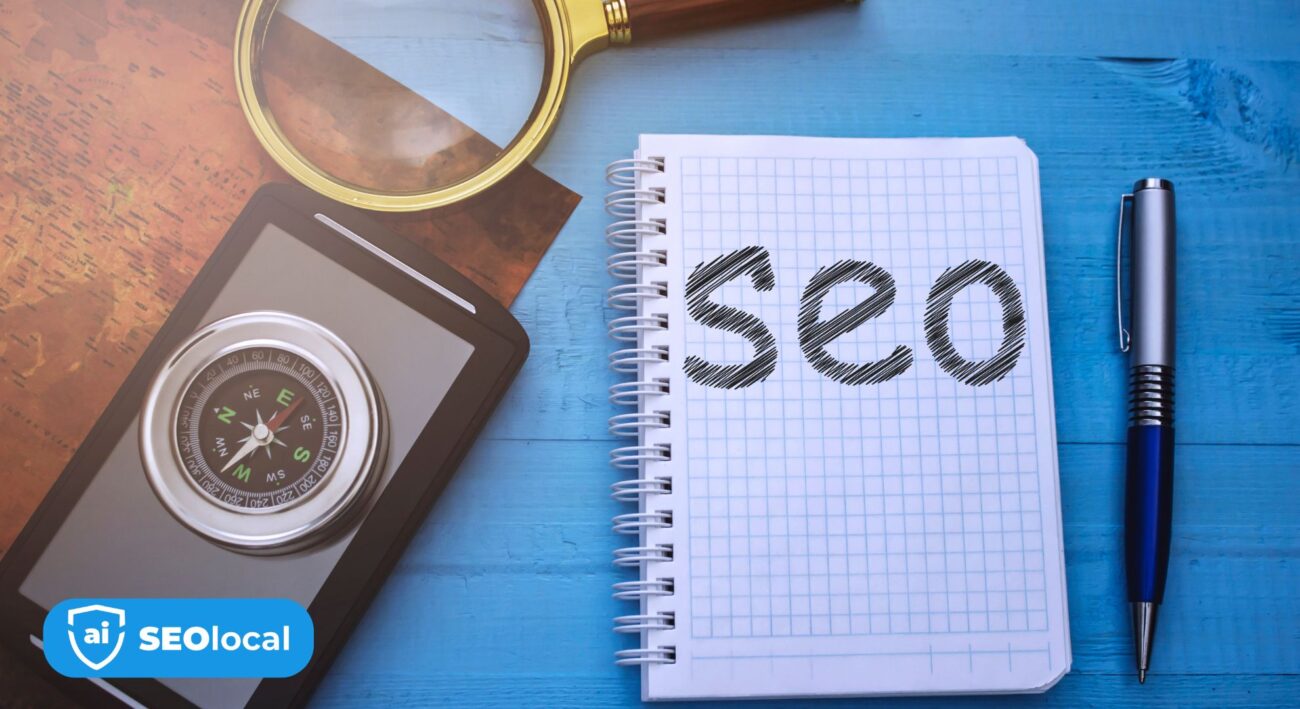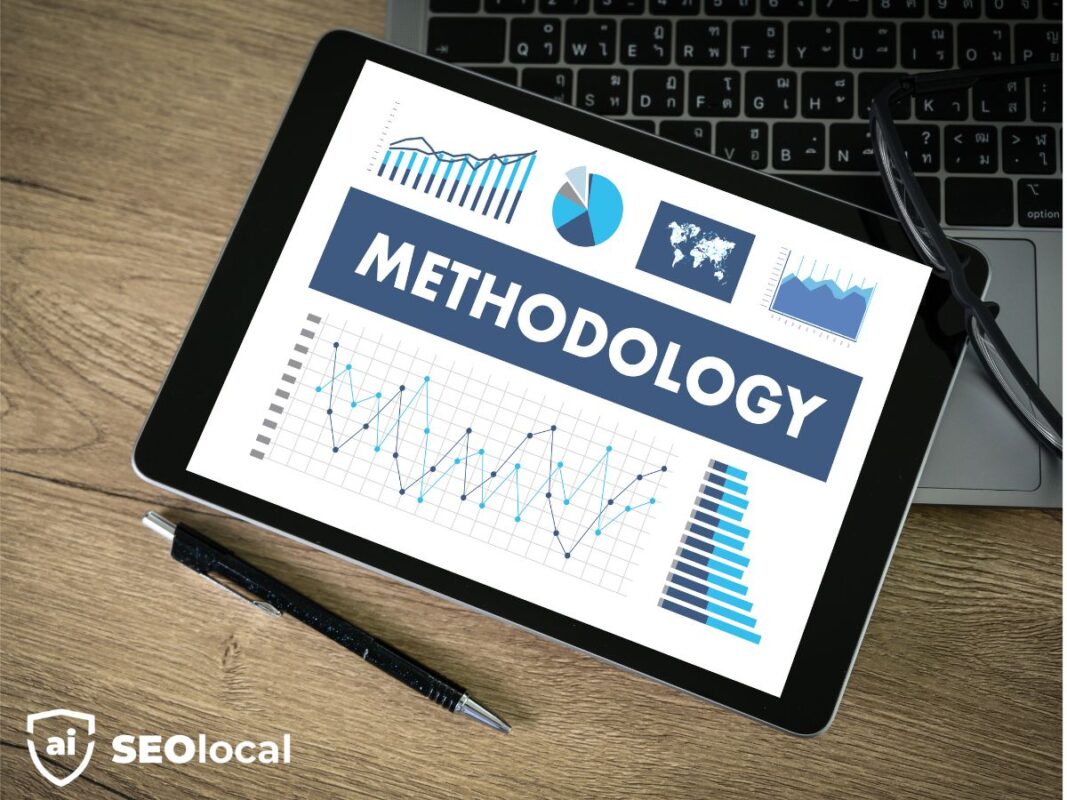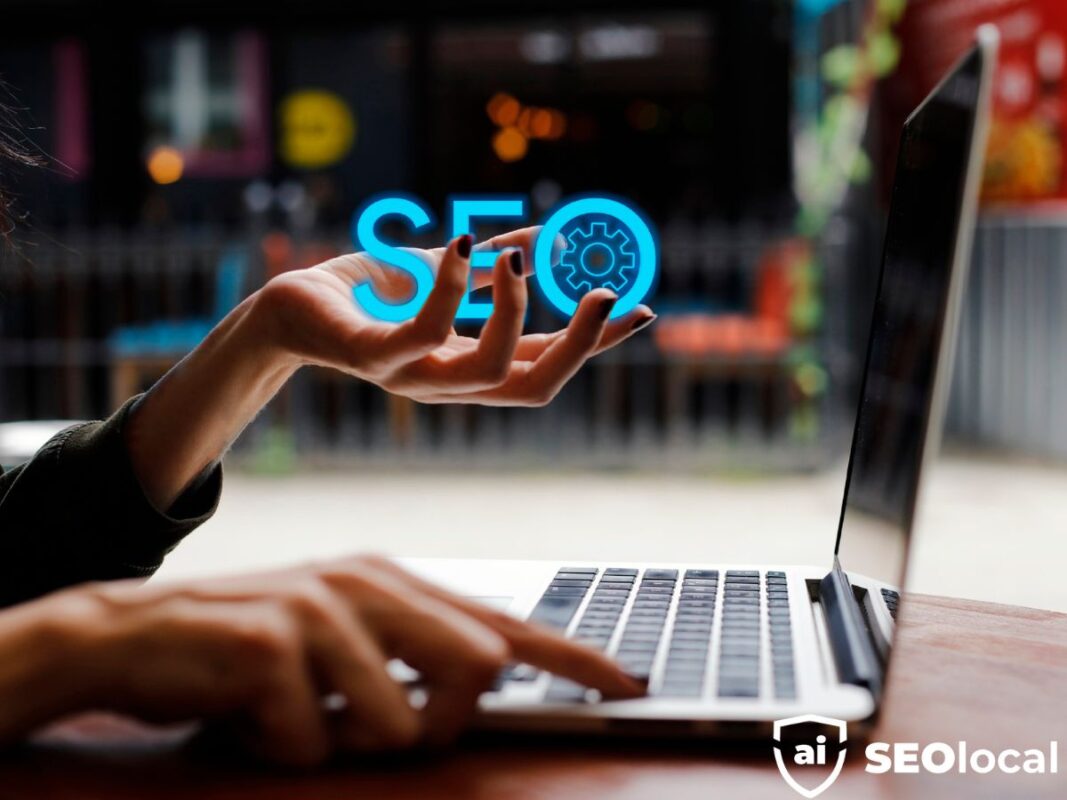- Advanced Local SEO Strategies
- Fundamentals of Local SEO
- Google Business Profile (GBP) Optimization
- Local Keywords and Content Strategy
- Local Link Building
- Local Paid Advertising
- Local Search Ranking Factors
- Local SEO Best Practices
- Local SEO Tools and Analytics
- Local Social Media Marketing
- Online Reviews and Reputation Management
- Technical SEO for Local Businesses
How Long Does Local SEO Take to See Results?
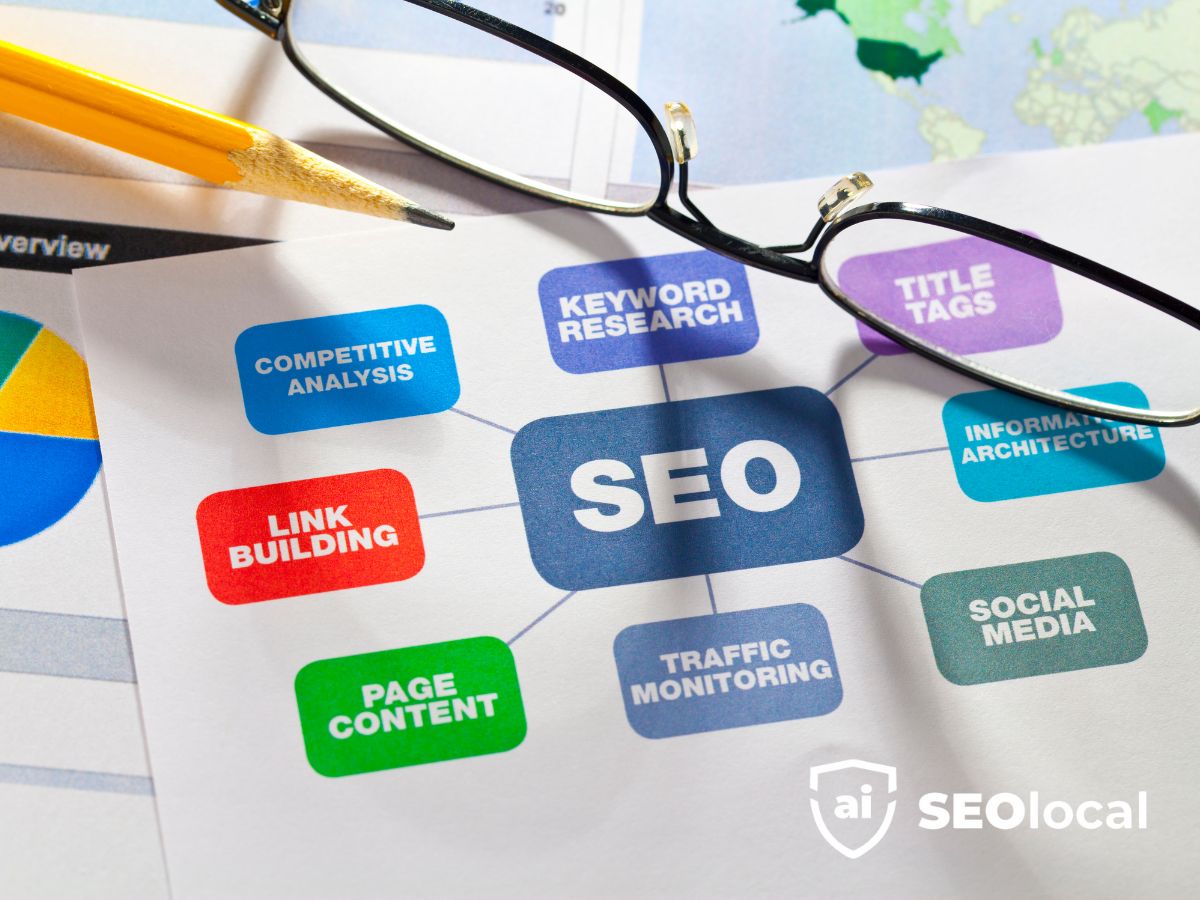
Did you know that 46% of all internet searches have local intent? This means nearly half of users are looking for nearby businesses or services. If your website isn’t optimized for local search results, you’re missing out on a massive audience.
Local SEO isn’t a quick fix. It typically takes 3-6 months to see noticeable improvements. Unlike paid ads, which deliver instant but temporary results, local SEO builds a strong foundation for long-term success. It’s about creating a strategy that aligns with Google’s 200+ ranking factors.
Smartphone users often act fast. About 50% of them visit businesses they find through same-day searches. This shows the immediate impact of appearing in local search results. However, achieving this visibility requires consistent effort and optimization.
Your timeline may vary based on competition, existing website content, and other factors. But with patience and the right approach, local SEO can drive significant traffic and growth for your business.
Key Takeaways
- Local SEO usually takes 3-6 months to show results.
- 46% of searches have local intent, making it crucial for businesses.
- Half of smartphone users visit businesses found through same-day searches.
- Google’s 200+ ranking factors influence how quickly you see improvements.
- Results vary based on competition and your website’s current state.
Understanding the Local SEO Timeline
Understanding the timeline for local SEO is essential for setting realistic expectations. Unlike paid ads, local SEO requires time and consistent effort to build a strong foundation. Initial improvements may appear within 1-3 months, but substantial results often take 6-12 months.
Typical Short-Term vs. Long-Term Expectations
In the first 30 days, focus on technical setup. This includes ensuring NAP (Name, Address, Phone) consistency, optimizing your Google My Business profile, and improving crawlability. By day 60, you should see early signs of progress, such as better indexing and minor ranking improvements.
By day 90, content development and optimization should be in full swing. This is when you’ll start to see more noticeable traffic and rankings. Long-term success, however, depends on maintaining these efforts and adapting to Google’s E-E-A-T (Experience, Expertise, Authority, Trustworthiness) requirements.
Why Local SEO Isn’t an Overnight Solution
Search engines evaluate new signals over time. Googlebot may take 4 days to 4 weeks to crawl changes, and it often takes multiple evaluation cycles to see consistent results. Additionally, 90% of users never scroll past the first page, making it crucial to maintain your efforts during plateau periods.
For example, a local restaurant saw significant ranking improvements after 6 months of consistent local SEO efforts. They focused on mobile optimization, which often yields faster results than desktop due to higher local search intent on smartphones.
| Milestone | Timeframe | Key Actions |
|---|---|---|
| Technical Setup | 0-30 Days | NAP consistency, crawlability, Google My Business optimization |
| Early Progress | 30-60 Days | Indexing improvements, minor ranking boosts |
| Content Development | 60-90 Days | Content creation, optimization, traffic growth |
| Sustained Growth | 6+ Months | E-E-A-T focus, backlink building, ongoing optimization |
Beware of black-hat SEO providers promising instant results. These tactics can harm your rankings in the long run. A well-planned local SEO strategy is the key to sustainable success.
Key Factors That Influence Local SEO Duration
Several elements can speed up or slow down your local SEO progress. These factors include your website’s age, the competitiveness of your target keywords, and the technical health of your site. Understanding these components can help you set realistic expectations and focus on the right areas.
Website Age and Existing Authority
Older domains often perform better in search engine rankings. This is because they’ve had more time to build authority and trust. Moz’s domain authority metrics show that established websites tend to rank higher, especially in competitive markets.
If your website is new, don’t worry. Focus on creating high-quality content and earning backlinks to boost your authority over time.
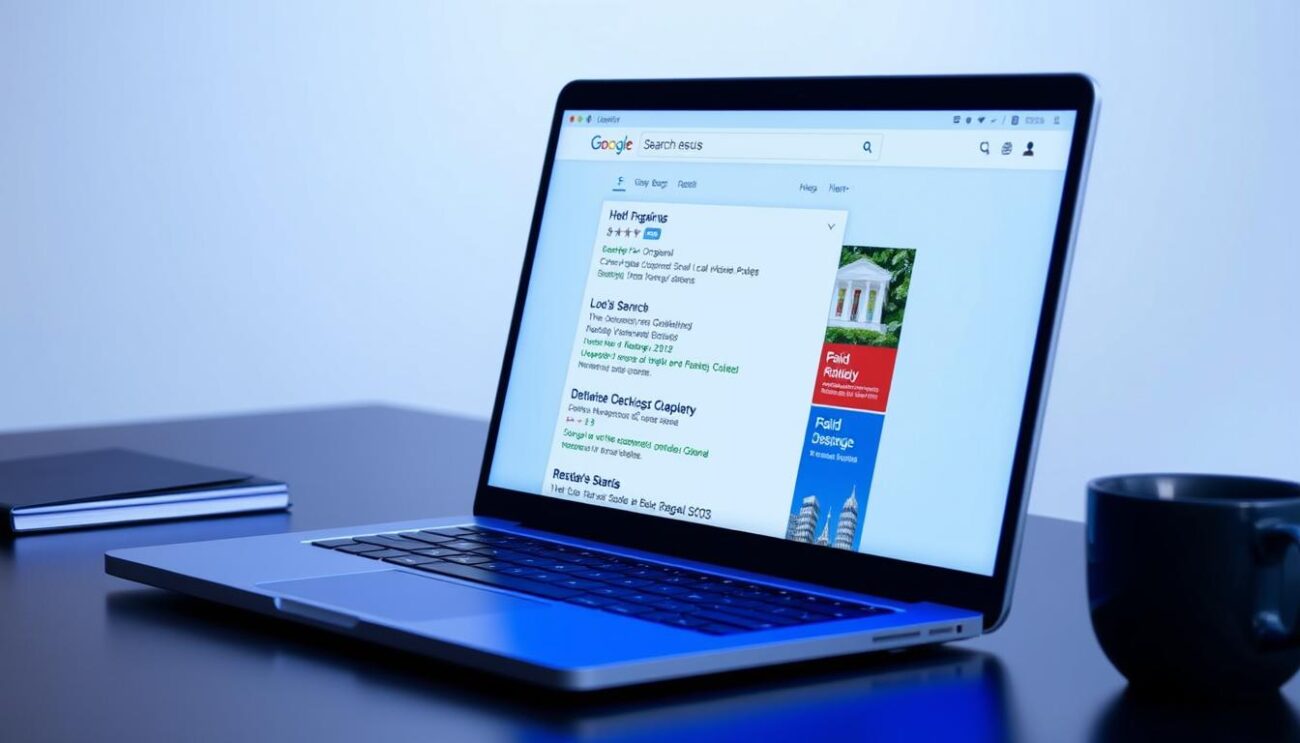
Competitiveness of Your Target Keywords
The difficulty of your chosen keywords plays a big role in your local SEO timeline. Local keywords are generally easier to rank for than national ones. Use tools like Ahrefs or SEMrush to analyze keyword difficulty scores.
For example, a local HVAC company might target “HVAC repair in [City]” instead of a broader term like “HVAC services.” This strategy reduces competition and improves your chances of ranking faster.
Technical SEO Health
Your website’s technical setup is crucial for local SEO success. Core Web Vitals, mobile responsiveness, and crawlability are key factors. Conduct a technical SEO audit to identify and fix issues like slow loading times or broken links.
Google’s mobile-first indexing impacts 70% of local searches. Ensure your site is mobile-friendly to improve rankings and user experience. Implementing schema markup for local businesses can also enhance your visibility in search results.
- Focus on domain authority and backlinks for older websites.
- Choose low-competition local keywords for faster results.
- Prioritize technical SEO audits and mobile optimization.
The Phases of a Local SEO Campaign
A successful local SEO campaign unfolds in distinct phases, each requiring specific actions. By breaking your strategy into manageable stages, you can track progress and ensure steady growth. Let’s explore the three key phases and what they entail.
Initial Setup and Optimization (Months 1-3)
The first phase focuses on building a strong technical foundation. Start by ensuring NAP consistency across all directories. Clean up citations and optimize your Google My Business profile for better visibility.
Conduct a technical SEO audit to address issues like crawlability and mobile responsiveness. These steps are crucial for improving your site’s performance in local search results.
Content and Backlink Building (Months 4-6)
In the second phase, shift your focus to content development. Create content clusters around your service pages to target specific local keywords. This approach helps establish your site as an authority in your niche.
Simultaneously, build quality backlinks through local partnerships, such as chamber of commerce memberships. Backlinks can improve your rankings by up to 25%, making them a vital part of your strategy.
Sustained Growth and Refinement (6+ Months)
The final phase involves ongoing optimization and reputation management. Encourage customer reviews through SMS follow-ups and respond to feedback promptly. Reviews play a significant role in local rankings.
Target featured snippets by answering common questions in your content. This can boost your visibility and drive more traffic to your site. Regularly analyze your metrics to refine your approach and ensure long-term success.
- Phase 1: Technical foundation building with citations cleanup.
- Phase 2: Content cluster development for service pages.
- Phase 3: Reputation management and featured snippets targeting.
Remember, premature strategy changes can disrupt your progress. Stick to your plan, and you’ll see measurable results over time.
How Technical Optimization Affects Your Timeline
Technical optimization plays a critical role in determining how quickly your website ranks in local search results. Without a solid technical foundation, even the best content and backlinks won’t deliver the desired outcomes. Let’s explore the key factors that influence your timeline.
Crawlability and Indexing Speed

Crawlability ensures search engines can efficiently access and index your site. Optimizing your crawl budget is essential, especially for local service pages. Duplicate content issues or broken links can slow down indexing, delaying your visibility in search results.
XML sitemaps are a powerful tool for improving crawlability. They guide search engines to important pages, ensuring faster indexing. For example, a plumbing company fixed crawl errors by optimizing their sitemap, resulting in a 20% increase in indexed pages within a month.
Mobile-Friendliness and Core Web Vitals
Mobile-friendliness is non-negotiable in local SEO. With 53% of mobile users abandoning sites that take over 3 seconds to load, speed is critical. Google’s Mobile-Friendly Test can identify issues like slow loading times or unresponsive design.
Core Web Vitals, including Largest Contentful Paint (LCP), First Input Delay (FID), and Cumulative Layout Shift (CLS), are key metrics. Here are the benchmarks for local businesses:
| Metric | Benchmark |
|---|---|
| LCP | Less than 2.5 seconds |
| FID | Less than 100 milliseconds |
| CLS | Less than 0.1 |
Server response time and hosting location also impact load speeds. Choosing a hosting provider closer to your target audience can reduce latency and improve performance. Implementing Accelerated Mobile Pages (AMP) can further enhance mobile speed, though it requires careful consideration of tradeoffs.
Structured data, such as local business schema markup, can boost your click-through rate by up to 30%. This markup helps search engines understand your business details, improving your chances of appearing in local search results.
By focusing on these technical aspects, you can accelerate your local SEO timeline and achieve better rankings faster.
The Role of Content in Accelerating Local SEO
Content is the backbone of any successful local SEO strategy. It helps search engines understand your business and connects you with your target audience. Without strong, locally relevant content, your efforts may not yield the desired results.
Creating Locally Relevant Content
Developing hyperlocal content clusters is a powerful way to boost your visibility. Neighborhood guides, city-specific landing pages, and service pages optimized with ZIP code targeting can make a big difference. For example, a bakery ranking for “best [city] cupcakes” saw a 35% increase in conversions by adding testimonials to their location pages.
Comparison content is another effective strategy. Highlighting what sets you apart from local competitors can attract more customers. User-generated content, like reviews and photos from local customers, also builds trust and authenticity.

Optimizing for Local Search Intent
Understanding search intent is crucial. FAQ pages answer 81% of “near me” questions, making them a valuable addition to your site. Implement FAQ schema to enhance visibility in search results. Voice search optimization is another area to explore, as more users rely on voice assistants for local queries.
Google Posts integration can further amplify your local content. Share updates, promotions, and events directly in search results. This keeps your audience engaged and drives more traffic to your site.
| Content Strategy | Impact |
|---|---|
| Hyperlocal Content Clusters | Improves relevance for specific neighborhoods |
| ZIP Code Targeting | Boosts visibility in local searches |
| FAQ Pages | Answers common “near me” queries |
| Google Posts | Engages users directly in search results |
By focusing on these strategies, you can accelerate your local SEO results and build a stronger connection with your audience. Content isn’t just about keywords; it’s about providing value and meeting the needs of your local community.
Why Backlinks and Citations Matter
Backlinks and citations are essential for improving your search engine visibility. They signal to search engines that your website is credible and relevant. Consistent NAP (Name, Address, Phone) information across directories can boost your local rankings by 47%. Citations and backlinks work together to build trust and authority, making them critical for achieving strong SEO results.
Building a Strong Local Backlink Profile
Creating a robust backlink profile starts with identifying high-value opportunities. Local schools, charities, and community organizations often provide excellent linking potential. Sponsorship link-building strategies, such as supporting local events, can also generate quality backlinks.
Local .edu links carry three times more authority than standard links, making them highly valuable. Outreach to local news outlets and partnerships with chambers of commerce can further enhance your profile. For example, an electrician earned .gov links by collaborating with a local government project, significantly boosting their rankings.
NAP Consistency Across Directories
Ensuring NAP consistency is crucial for local SEO. A citation cleanup prioritization framework can help identify and fix errors. Tools like Moz Local or BrightLocal can streamline this process, ensuring your business information is accurate across all platforms.
Duplicate listings can harm your rankings. Develop a procedure to remove these duplicates and focus on industry-specific directories for better visibility. Regular monitoring and updates will keep your citations accurate and effective.
- Identify high-value local linking opportunities (schools, charities).
- Develop sponsorship link-building strategies.
- Create a citation cleanup prioritization framework.
- Leverage chamber of commerce directory benefits.
- Analyze local news outlet outreach tactics.
Leveraging Reviews and Social Proof for Faster Results
Online reviews and social proof are powerful tools for boosting your search engine visibility. They not only build trust with potential customers but also signal credibility to search engines. By focusing on these elements, you can accelerate your local SEO success and improve your rankings.
How Customer Reviews Impact Rankings
Customer reviews play a significant role in your search results. According to recent data, 88% of consumers trust online reviews as much as personal recommendations. Positive reviews can improve your rankings, while responding to feedback can increase revenue by 33%.
Implementing automated review generation workflows ensures a steady stream of feedback. Develop a review response protocol to address both positive and negative ratings. This approach not only enhances your reputation but also strengthens your SEO efforts.
Social Media’s Role in Local Visibility
Social media is a key player in local visibility. About 54% of users research businesses on platforms like Facebook and Instagram. Integrating social media with your local SEO strategy can amplify your reach and engagement.
Leverage user-generated content from check-ins and local influencer partnerships. For example, a salon using Instagram Stories saw a 25% increase in foot traffic. TikTok geo-targeted content strategies can also help you connect with local audiences.
| Strategy | Impact |
|---|---|
| Automated Review Workflows | Generates consistent feedback |
| Review Response Protocol | Improves reputation and rankings |
| Social Media Integration | Boosts local visibility |
| Influencer Partnerships | Increases engagement |
By focusing on reviews and social proof, you can enhance your search results and build a stronger connection with your audience. These strategies are essential for achieving long-term SEO success.
Taking Action: How to Speed Up Your Local SEO
Accelerating your local SEO results requires a combination of smart strategies and focused effort. By prioritizing high-impact actions and leveraging the right tools, you can see measurable improvements faster. Companies using local SEO tools achieve results 2.8 times quicker, making efficiency a key factor in your success.
Proven Strategies to Improve Efficiency
Start by addressing technical issues that have the most significant impact. Fixing crawl errors, improving mobile responsiveness, and optimizing Core Web Vitals can boost your rankings quickly. Implement local rank tracking benchmarks to monitor progress and identify areas for improvement.
Develop a competitive gap analysis framework to understand where you stand compared to rivals. This helps you focus on opportunities that can give you an edge. For example, targeting niche keywords or optimizing for voice search can yield faster results.
Here are some additional strategies to consider:
- Use local SEO tools to streamline audits and tracking.
- Create hyperlocal content that resonates with your target audience.
- Build quality backlinks through local partnerships.
- Encourage customer reviews to enhance credibility.
When to Consider Professional Help
While many businesses handle SEO in-house, 73% outsource part of their efforts. Professional audits can identify 3-5 critical issues that might be overlooked. If your strategy isn’t delivering results, it might be time to seek expert assistance.
SEO Local specializes in local SEO and offers tailored solutions for businesses of all sizes. Their team focuses on high-impact strategies that drive measurable results. For urgent issues, you can reach out via their WhatsApp consultation link.
When deciding between DIY and hiring professionals, consider the complexity of your needs. A well-executed strategy can deliver a strong ROI, making agency partnerships a worthwhile investment.
By combining proven strategies with professional expertise, you can accelerate your local SEO success and achieve your business goals faster.
Conclusion
Achieving lasting visibility in search engines requires patience and strategy. Most businesses see meaningful results within 3-6 months, but the real value comes from sustained efforts. Consistent optimization builds compound growth, leading to steady improvements over time.
Key factors like technical setup, quality content, and strong backlinks are critical for success. Tracking your progress helps identify areas for refinement, ensuring you stay on the right path. Remember, results take time, but the long-term benefits are worth the effort.
As search trends evolve, staying adaptable is essential. By committing to continuous improvement, you can maintain stability and grow your business. Persistence is the key to unlocking the full potential of your online presence.
FAQ
What is the typical timeline for seeing results from a local SEO campaign?
Results can vary, but most businesses start noticing improvements within 3 to 6 months. Full optimization and sustained growth often take 6 to 12 months.
Why doesn’t local SEO deliver immediate results?
Local SEO involves multiple steps like optimizing your Google Business Profile, building citations, and creating content. These efforts take time to influence search rankings.
How does website age affect local SEO performance?
Older websites with established authority may see faster results. Newer sites often require more time to build trust with search engines like Google.
What role do keywords play in local SEO success?
Targeting the right keywords helps your business appear in relevant local searches. Competitive keywords may take longer to rank for compared to niche terms.
How important is technical SEO for local rankings?
Technical SEO, including crawlability and mobile-friendliness, ensures your site is accessible to search engines. A healthy technical foundation speeds up optimization.
Can content creation accelerate local SEO results?
Yes, locally relevant content tailored to search intent can boost visibility. Regularly updating your site with fresh content helps improve rankings over time.
Why are backlinks and citations crucial for local SEO?
Backlinks and consistent NAP (Name, Address, Phone) citations build credibility. They signal to search engines that your business is trustworthy and relevant.
How do customer reviews impact local SEO?
Positive reviews improve your business’s reputation and rankings. Encouraging customers to leave reviews can enhance your local search visibility.
What strategies can speed up local SEO efforts?
Focus on optimizing your Google Business Profile, building local citations, and creating high-quality content. Professional help can also streamline the process.
When should I consider hiring a professional for local SEO?
If you’re struggling to see results or lack the expertise, hiring a professional can save time and ensure your strategy is effective.



